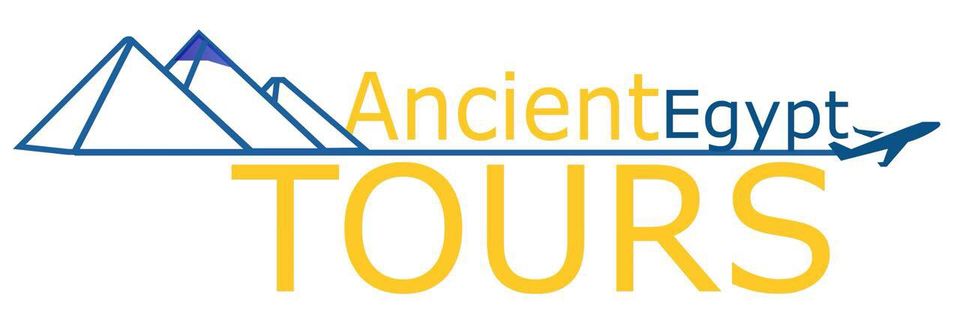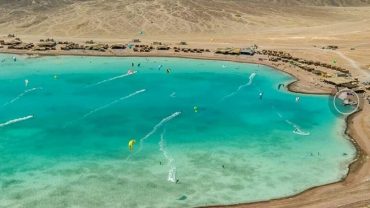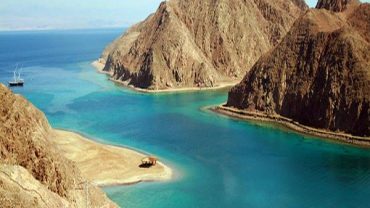About El Farafra oasis
The Farafra oasis depression (Arabic: واحة الفرافرة) is a 980 km geological depression, secondly biggest by size in Western Egypt and the smallest by population, near latitude 27.06° north and longitude 27.97° east. It is in the large Western Desert of Egypt, approximately midway between Dakhla and Baharya oases.
Significantly ,it has an estimated 5,000 inhabitants (2002) mainly living in the town of Farafra. Also most Parts of the town have complete quarters of traditional architecture. Firsty, simple, secondly, smooth, thirdly, unadorned, all in mud colour — local culture and traditional methods of building and carrying out repairs the tourists supports them. Often grouped within Farafra are the hot springs at Bir Sitta (the sixth well) and the El-Mufid lake.
|
|
|
The history of El Farafra oasis
Firstly, in the Ptolemaic period. The Oxyrhynchite nome roled the region (19th Upper Egyptian nome). A main geographic attraction of the oasis is its White Desert (known as Sahara el Beyda) — a national park. Also 45 km north of the town of Farafra .The main draw of which is its rock type colored from snow-white to cream. It has massive chalk rock formations that are textbook examples of ventifact. Also which people created it as a result of occasional sandstorm in the area. The White Desert is a typical place some schools visited it in Egypt, as a location for camping trips.
Wells
Firstly, the Roman spring of Ain Bishay bubbles forth from a hillock on the northwest edge of town. People developed it into an irrigated grove of date palms together with citrus, olive, apricot and carob trees, and is a cool haven amid the arid landscape. Several families tend the crops here; you should seek someone out and ask permission before wandering around.Due to its geographical location and geological formation it has more than 100 wells spread out over the lands of the Farafra, many of which are natural. Some of the wells in Farafra have become a favorite tourist destination. Firstly, Bir Sitta (well 6 in Arabic). Secondly, Bir Sab’a (well 7) . Also, Bir Ithnian wa ishrin (well 22) is the most important. Because of the water’s warm temperature and a slight percentage of sulfur , these wells are favorable for swimming and relaxation. Lastly,there is a large lake touristic well named Abu Nus 15 kilometers north of the edge of the Farafra.





Comment (0)